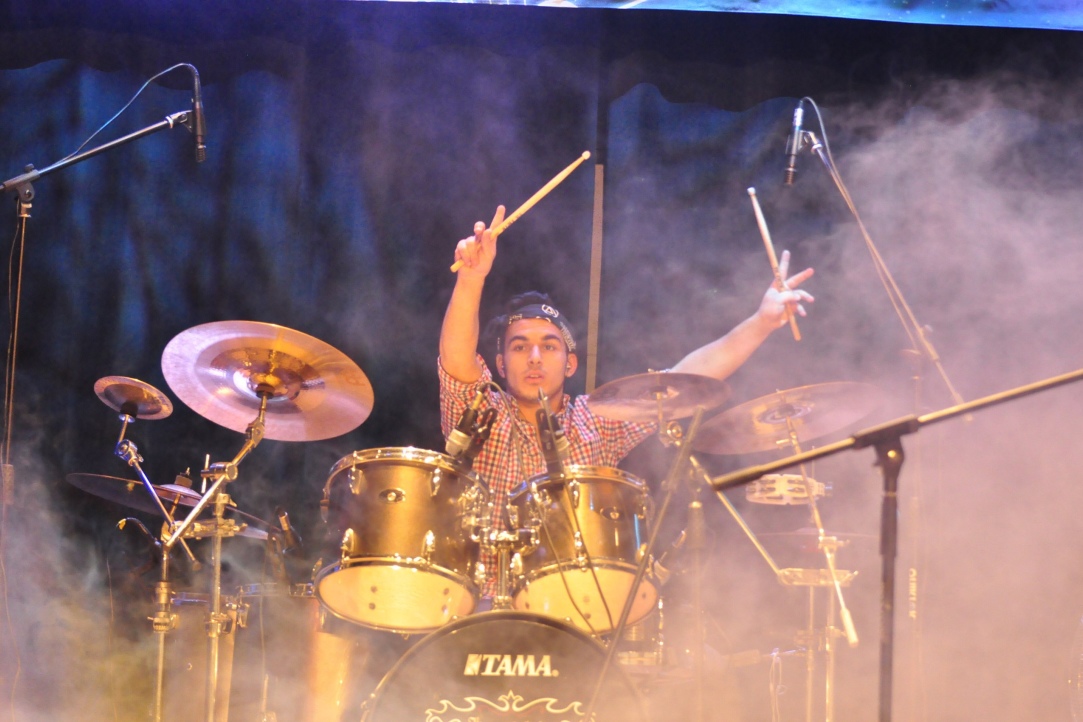"My Model Will Be Used to Analyse Data from the ATLAS Detector Collected During the New Collider Launch in 2022"

Tigran Ramazyan, a fourth-year student of the Data Science and Business Analytics double-degree programme, talked about his studies at the Faculty and internship at CERN openlab:
By my senior year at school, I wanted to choose a department where I could study physics, chemistry, and do interdisciplinary research. But that November I found out that HSE University opened a new programme in computer science together with the University of London. The programme, the curriculum, and double degree opportunity looked interesting. After the Open House Day of the Faculty, I chose the Data Science and Business Analytics programme.
Now, I am also a research trainee in the LAMBDA lab. At the moment, I am working on detecting decay points in time series using generative adversarial networks. Using generative models, I try to identify each moment in time when the time series drastically changes the distribution. Such algorithms can be tweaked to solve problems in many areas, from processing seismograms and splitting audio/video series to securing computer systems.
OpenLab: training
I got into particle physics in high school. My classmates and I were lucky to go to CERN for a small summer school, which was organized especially for us by the staff of the Joint Institute for Nuclear Research, Kurchatov Institute, and Novosibirsk State University, who worked at CERN back then. Meeting them inspired me, and since then I have dreamed of working on one of the CERN projects, to play a role in stretching the bounds of human knowledge of the Universe.
Students are accepted to CERN summer internships from the third year of studies, so I applied as soon as I had the opportunity. I had to send a CV, two recommendation letters, and a motivation letter. Probably the easiest part was finding the right people to recommend me. Natalya Lychkovskaya and Denis Derkach helped me with this. But writing a good motivation letter was the hardest part. After several months of waiting, I received a letter of acceptance.
Internship
One method of detecting new particles is to compare events from the collider with simulations based on currently known physics. The detection of statistically significant discrepancies between the data from the collider and the predictions of the standard model can be explained by two possible scenarios: either there is an error in the simulation, or we have stumbled onto something new.
There are three options for the simulation: full physical simulation, Monte Carlo, or relatively recent generative models. The first two options are more accurate than generative models, but they are significantly slower. The samples from the detectors are huge, as in the collider proton beams collide about 11.5 thousand times per second, and to compare real data and simulations one needs samples of the same size. For this very purpose the fastest option, generative models, are used.
My task was to create a generative adversarial network to simulate events similar to the Muon g–2 experiment at the Fermi National Accelerator Laboratory, which studies the g-factor of the muon anomalous magnetic moment. Results presented by Fermilab in the spring suggest that it is likely that another, fifth fundamental interaction exists. That's what we're trying to find out. My model will be used to analyse data from the ATLAS detector collected during the new collider launch in 2022.
About me
Every day I become more and more convinced that we have a great Faculty. I'm happy to be a part of it, pushing science and the Faculty forward together with some of the best AI experts. I'm also going to apply for my master's degree at the Faculty.
This summer, I helped my colleagues at LAMBDA with the seventh summer school on machine learning in high-energy physics, which I myself attended last summer. I currently have no publications but we are preparing a presentation of our work done at CERN. I also hope to complete a project we are working on in the lab and publish the results.
In my spare time, I play basketball, playing for the Arizona State Sun Devils in the ABL amateur league. I also enjoy music, playing guitar, drums and other percussion instruments.
